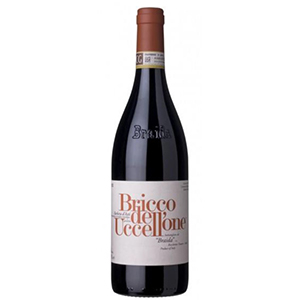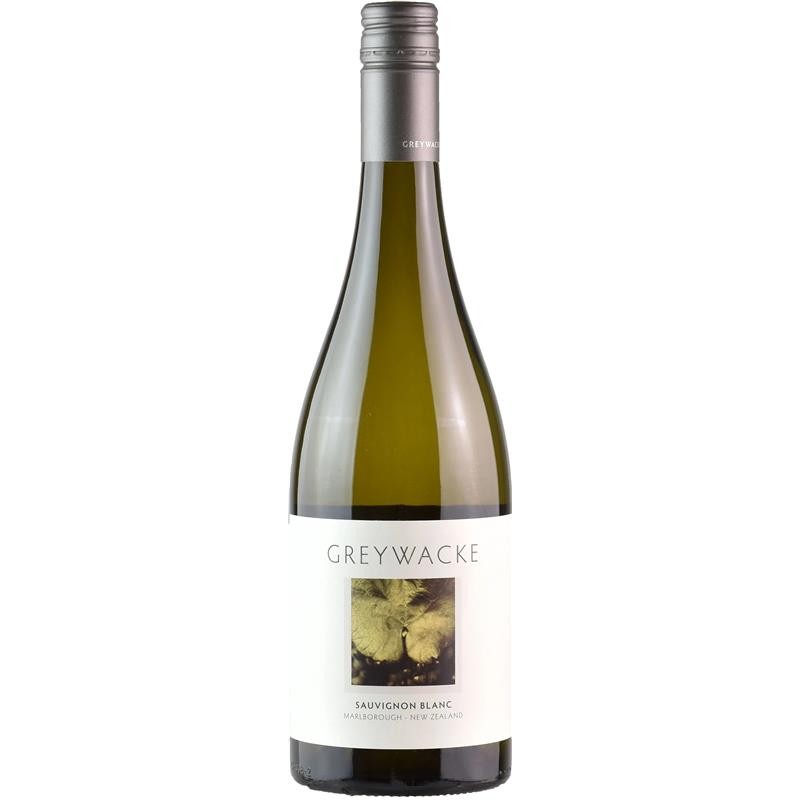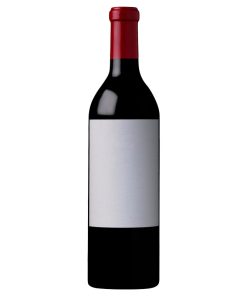2019 Domaine Berthelemot Pommard Noizons
$50.88
Out of stock
2019 Domaine Berthelemot Pommard Noizons
2019 Domaine Berthelemot Pommard Noizons
Pommard is a village in the Cote de Beaune sub-region of Burgundy famous for producing powerful and richly flavored red wines. They are made from Pinot Noir grapes, with which the commune’s vineyards are almost exclusively planted. The Pommard appellation covers only red wines.
It’s notable that Pommard and its immediate neighbor, Volnay (renowned for its smooth, delicate reds), are less than a mile apart (1400 yards/1.3km, to be precise) yet their wines are so different. Even more striking is the fact that the most-southerly vineyards of Pommard are separated from the most-northerly vineyards of Volnay by no more than an imaginary line: the commune boundary that divides the two parishes.
Pommard marks the start of serious red wine production in the Cote de Beaune. Further north, white wine is produced in quantity only in the town of Beaune, and even there it represents less than 20% of total production. Just five miles (8km) away, on the other side of Beaune from Pommard, is the Grand Cru stronghold of Corton, home of the district’s finest red wines. Many in the wine world believe that the best of Pommard’s vineyards (namely Les Epenots and Les Rugiens) should be promoted to join Corton in its Grand Cru status. These two sites were once in line for this prestigious classification, but the vignerons (vineyard owners) of the time were wary of the restrictive Grand Cru production laws and declined the offer.
Rather aptly for a village so firmly entrenched in viticulture, the name Pommard is a reference to Pomona, the Roman goddess of fruit trees. She is commonly depicted with a pruning knife – a tool of great importance in both ancient Rome and, more recently, in Pommard.
Religion and viticulture are interwoven in the village’s wine history in more ways than one. Pommard wine first became known around Europe when the revocation of the Edict of Nantes in 1685 outlawed Protestantism and the village’s non-Catholics fled the country. Thirty years later, the Chateau de Pommard was built around vineyards originally planted by Cistercian monks. The walled Clos Micot vineyard is named after the count responsible for building the chateau, Comte Vivant de Micault. This historic name is spelt in various ways, including these two more-common forms.
Related products
2019 Domaine des Lambrays Morey-Saint-Denis 2019 Domaine des Lambrays Morey-Saint-Denis, Nice red ruby color. The nose is expressive and intense: a lot of fruit such as raspberries, cherries, blackberries and blueberries all mixed together. The palate is juicy, full, and crispy, with a lovely fresh mineral character at the end. Thin-skinned, finicky and temperamental, Pinot [...]
2019 Ca’ del Baio Autinbej Barbaresco DOCG 2019 Ca’ del Baio Autinbej Barbaresco DOCG is a deep garnet red with reflections of old pink. The nose is an intense, fruity aroma reminiscent of raspberries, jam, and violets that give an ethereal feeling accompanied by sweet spicy notes and hints of cocoa. In the mouth, Autinbej is [...]
2019 Umani Ronchi San Lorenzo Rosso Conero 2019 Umani Ronchi San Lorenzo Rosso Conero Has a brilliant ruby red color with garnet tints. The nose is sweet, predominantly fruity, with typical notes of morello cherry. Rich and pulpy in the mouth, flavourful and pleasantly harmonious, with silky tannins. The long finish is austere and intensely [...]



